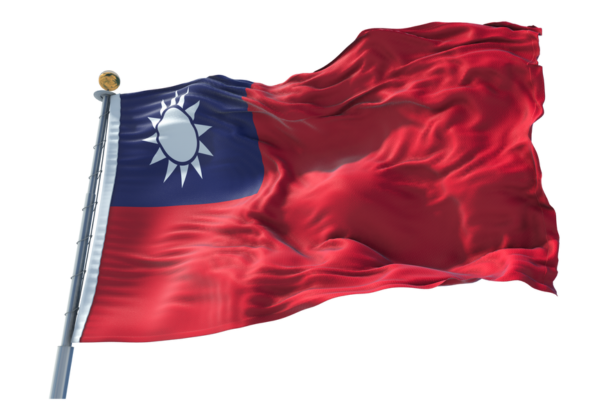In recent years, the digital industry has undergone unprecedented growth, with applications of computer-generated icons (CGIs) and graphical user interfaces (GUIs) expanding into diverse fields such as the metaverse, virtual reality, and augmented reality. The Taiwan Intellectual Property Office (TIPO) has introduced draft amendments to the Patent Act to address these evolving industry demands and align with global standards. These proposed changes aim to enhance the flexibility of Taiwan’s design patent system, ensuring it remains relevant in the face of rapid technological advancements.
Here are the key changes proposed in the latest draft amendments:
Introduction of “Multiple Design Patent Applications”
Industrial designs often encompass multiple similar iterations under a unified concept. Many jurisdictions, including the United States, the European Union, and other Hague Agreement members, allow applicants to file multiple designs within a single application. Taiwan’s proposed amendments would adopt this practice by enabling applicants to file “multiple design patent applications” in a single submission. This change would complement Taiwan’s existing derivative design system and streamline the application process for designs with similar variations.
Extending the Grace Period for Design Patents
Currently, Taiwan offers a six-month grace period for design patents, which is shorter than the twelve-month period provided in jurisdictions such as the United States, Japan, South Korea, and the European Union. To harmonize with international standards, TIPO proposes extending the grace period for design patents to twelve months. This alignment will benefit applicants by offering a more competitive timeline to secure protection while balancing public disclosure needs.
Extending the Deadline for Divisional Applications
Under the current Patent Act, applicants must file divisional applications before a final decision is issued on the original application or during re-examination. The proposed amendment extends this timeframe, allowing applicants to submit divisional applications within three months of receiving an approval decision. This extended window will provide applicants greater flexibility and reduce the risk of losing protection for related designs due to procedural constraints.
Civil Law Resolution for Patent Disputes
Disputes over patent application rights and ownership often involve intricate legal and factual issues that are better suited to judicial resolution. Recognizing the limitations of administrative investigations, the amendments propose removing the provision that allows such disputes to be resolved by patent authorities. Instead, these matters will be explicitly referred to civil law mechanisms such as mediation, arbitration, or court proceedings. Once ownership is determined, relevant documents can be submitted to the patent office to update ownership records. This change ensures more efficient and accurate resolution of disputes while reducing administrative burdens on patent authorities.
The proposed amendments to Taiwan’s Patent Act reflect TIPO’s commitment to fostering innovation and maintaining competitiveness in the global intellectual property landscape. By addressing industry needs and aligning with international standards, these changes will enhance the utility and flexibility of Taiwan’s design patent system, offering stronger and more relevant protections for digital and industrial designs.
As the amendments progress through legislative review, businesses, and innovators are encouraged to stay informed and adapt their intellectual property strategies to leverage these advancements effectively.

